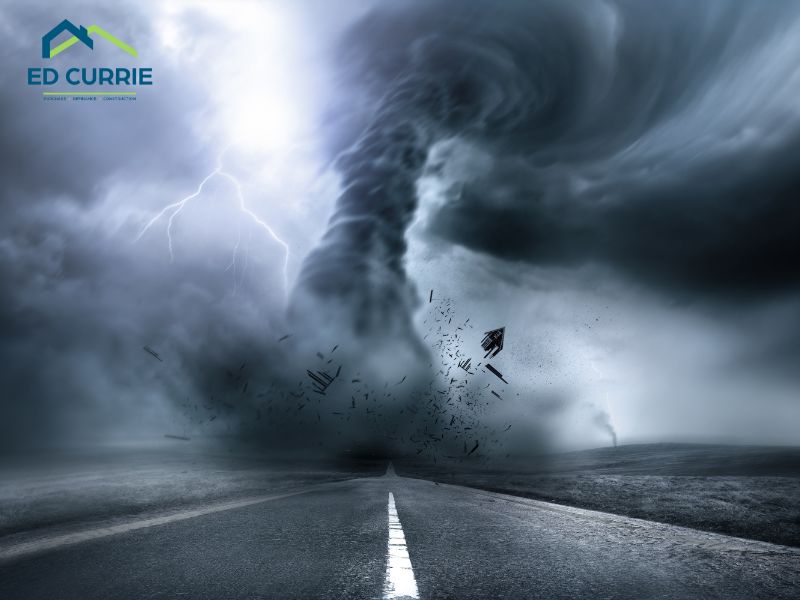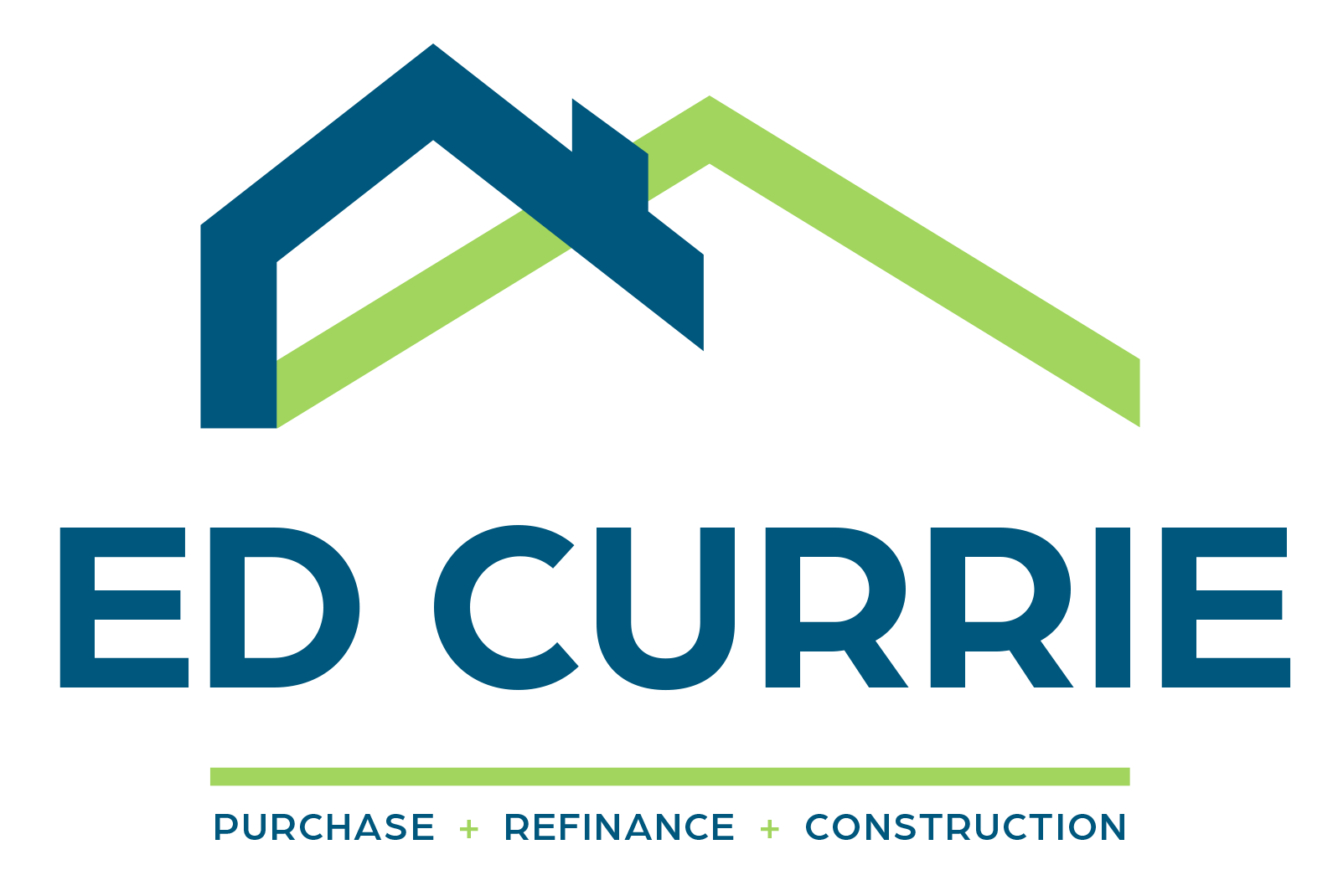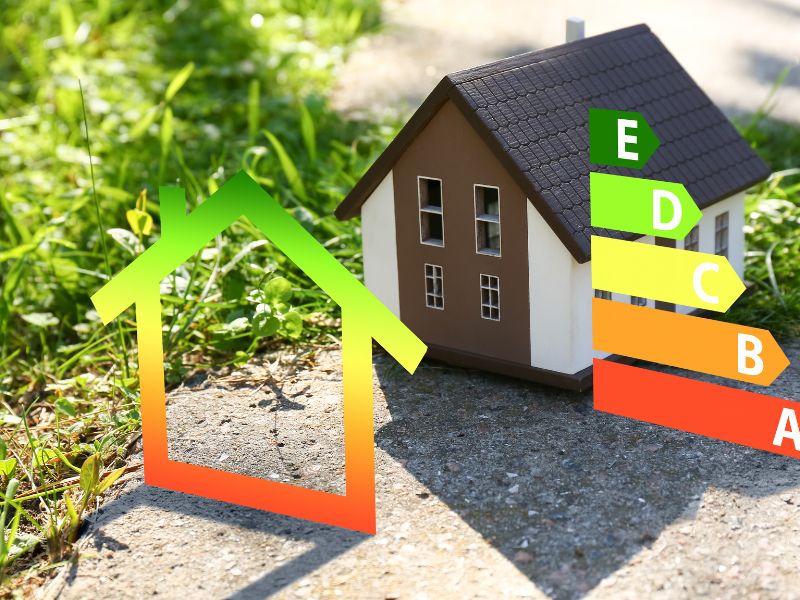 Building a home in a high-risk weather zone comes with unique challenges, especially when it comes to securing construction financing. While these areas offer scenic views and desirable locations, they are often vulnerable to hurricanes, tornadoes, floods, or other extreme weather conditions. To ensure the safety of your future home—and the viability of your loan—there are specific requirements you’ll need to meet.
Building a home in a high-risk weather zone comes with unique challenges, especially when it comes to securing construction financing. While these areas offer scenic views and desirable locations, they are often vulnerable to hurricanes, tornadoes, floods, or other extreme weather conditions. To ensure the safety of your future home—and the viability of your loan—there are specific requirements you’ll need to meet.
Stricter Insurance Requirements
Lenders in high-risk weather zones typically require comprehensive insurance coverage before approving a construction loan. Policies may include flood insurance, windstorm insurance, or earthquake coverage, depending on the region’s risks. Proof of coverage is often a condition for loan approval, ensuring that the property is protected.
Building Codes and Standards
Homes in high-risk zones must adhere to stricter building codes designed to withstand extreme weather events. These codes may mandate reinforced foundations, impact-resistant windows, or specialized roofing materials. Lenders will often require proof that your plans comply with local regulations. Working with a contractor experienced in high-risk zone construction can help ensure your project meets these standards.
Increased Appraisal Scrutiny
The appraisal process for properties in high-risk zones is more detailed. Lenders assess not only the value of the land and proposed structure but also the feasibility of the project in a weather-prone area. Factors such as flood zones, wind zones, and historical weather patterns are taken into account. An experienced appraiser familiar with these areas will provide a thorough evaluation.
Specialized Loan Programs
Some high-risk weather zones qualify for government-backed loan programs that cater to unique needs. For example, FHA construction loans or USDA loans may be available for properties in certain rural or disaster-prone areas. Researching these programs can help you secure financing with favorable terms.
Environmental Impact Assessments
In certain cases, lenders may request an environmental impact assessment. This evaluation ensures the construction project will not exacerbate existing risks, such as erosion or flooding, and confirms that the property can be safely developed.
Tips for Navigating the Process
- Partner with Experts: Work with a lender, contractor, and insurance agent experienced in high-risk zones. Their expertise can simplify the process and help you meet requirements.
- Be Prepared for Delays: Additional documentation and inspections may extend the loan approval timeline. Factor this into your construction schedule.
- Stay Informed: Understand the risks associated with the area and ensure your building plans are designed to mitigate them effectively.
Building a home in a high-risk weather zone is a rewarding yet complex undertaking. Meeting the financing requirements ensures your project is safe, sustainable, and protected against future weather events.




![EdCurrie_Logo White[Transparent] EdCurrie_Logo White[Transparent]](https://edcurrie.com/wp-content/uploads/elementor/thumbs/EdCurrie_Logo-WhiteTransparent-qybu3sjgpfhje9098uitv7fpt7os2hgn52gfy6ocx4.png)